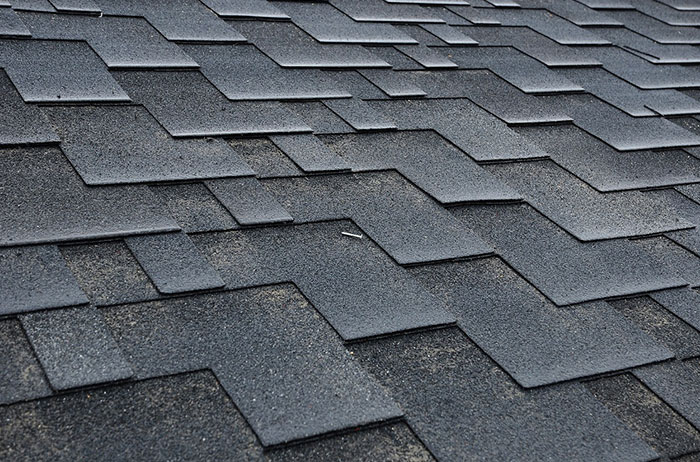Designers for modern builds generally place an emphasis on ways to facilitate a healthier interior. Indeed, allowing for increased natural lighting within a building is a key approach to enjoying a healthier work and living space. Natural light promotes better sleep at night and a general sense of well-being. Therefore, adding a skylight or sun tunnel to the home is an excellent way of creating extra light inside, without investing in windows and extensive renovations.
Skylights have come a long way from the leak-prone installations of yesterday. Skylights are now available in several varieties of light blocking or light diffusing glass materials. They can also improve energy efficiency within the building when used in conjunction with solar blinds. Skylights provide a visual to the outdoors for everyone in the home. They can be an open or fixed unit with glazed infill (glass or plastic), or even retractable. Certain models can also be ventilated to allow for fresh air.
Sun tunnels function like a mirror as tubes manufactured from metal sheets, polished on the inside. The length of the tunnel channels light, with the tube ending in the ceiling’s diffuser of your building directly below. They are typically smaller than a skylight and can be more practical than a larger skylight in, for example, in a dark hallway or small bathroom. The sun tunnel on a roof is capped using a weather-resistant plastic globe and the diffuser resembles a portable light.
SKYLIGHT PROS
- Provide additional warmth which can reduce lighting, heating, and cooling costs.
- Free up space that would otherwise be used for temperature controlling devices.
- Open skylights can release humidity and hot air from the building.
- The addition of solar blinds can also improve energy efficiency.
SKYLIGHT CONS
- Installation costs differ according to the type of glass used in the skylight and size.
- Additional installation requirements may include paint, framing alterations, and new drywall, increasing expenses.
- Skylights may be too big for small rooms.
SUN TUNNEL PROS
- Can be installed in smaller spaces than skylights, such as hallways or bathrooms.
- Take up little roof space.
- Minimize heat in summer and maximize heat in winter.
- Allow natural light into small spaces of the home, like a closet.
- Typically, easier installation than a skylight.
- On average, the more economical option.
SUN TUNNEL CONS
- Do not open to allow ventilation like certain models of skylights.
- Smaller light diffusion inside.
- Installation costs increase greatly if the sun tube extends from the roof down through multiple floor levels.
The purpose of the skylight and sun tunnel are the same—to provide additional natural light, from sunshine to moonlight to rainfall (but hopefully without the leaks). That’s why proper installation by a professional is so important. Furthermore, they both come with Energy Star ratings to help you choose which option works for you and your space.
The experts at Shoreline can help clarify any confusion about skylights and sun tunnels. Ultimately, it’s your decision to have one installed correctly and enjoy all the benefits of natural light in your home.



